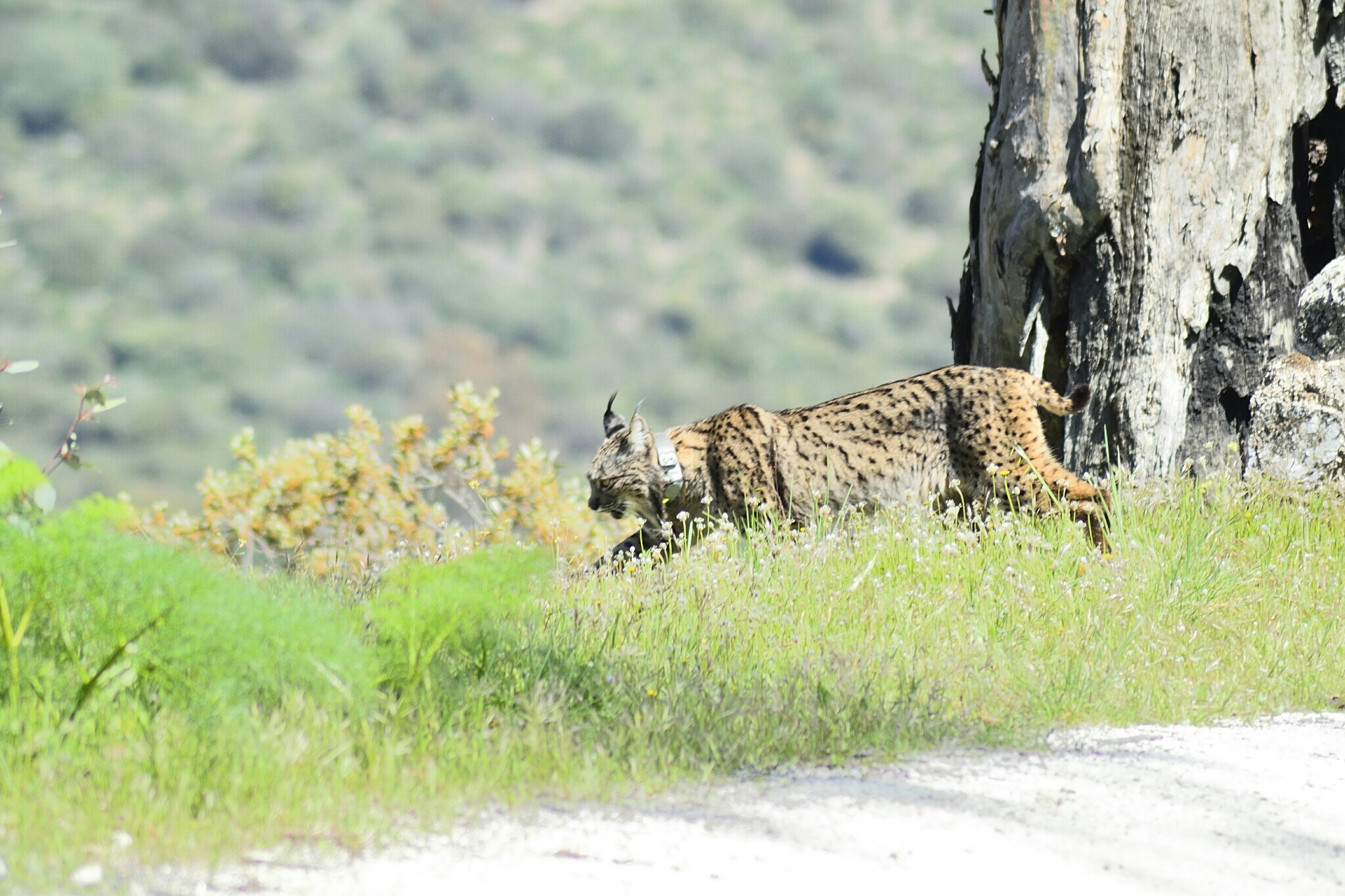The Iberian Lynx is a feline that has captured the hearts of many wildlife enthusiasts and cat lovers around the world. With its tufted ears and striking coat, this cat is not just a beauty to behold but a symbol of conservation success. Though their numbers are still limited, the efforts to save them from the brink of extinction have been nothing short of extraordinary. Let’s explore ten intriguing facts about this remarkable creature.
Once on the Brink of Extinction
The Iberian Lynx was once considered the most endangered cat species in the world. In the early 2000s, their population had dwindled to less than 100 individuals. Habitat loss, vehicle collisions, and a decline in their primary prey, the European rabbit, contributed to their steep decline. Fortunately, conservation programs have helped boost their numbers, but they remain at risk. This tale is a testament to resilience and the power of collaborative efforts in wildlife conservation.
Native to the Iberian Peninsula
As their name suggests, the Iberian Lynx is native to the Iberian Peninsula, which comprises Spain and Portugal. These magnificent cats thrive in Mediterranean woodlands and scrublands. Their habitat is characterized by dense bushes and trees, providing both cover and a rich hunting ground. While Spain is home to the majority of the population, efforts are underway to reintroduce them into Portugal. Their presence adds a touch of wild elegance to the Iberian landscape.
A Unique Appearance
The Iberian Lynx is often mistaken for its cousin, the Eurasian lynx, but they have distinct differences. They are smaller, with a more slender build and longer legs. Their coat is a beautiful mix of tawny hues, adorned with dark spots that provide excellent camouflage. Their most iconic feature is the tuft of black hair at the tips of their ears, which aids in hearing. These physical traits not only make them fascinating to observe but also perfectly adapted to their environment.
Specialized Diet

The Iberian Lynx is an exceptional hunter, primarily preying on the European rabbit. Rabbits make up about 90% of their diet, which is why fluctuations in rabbit populations significantly impact lynx numbers. They are solitary hunters, using stealth and agility to catch their prey. Their reliance on a single food source makes them vulnerable, but it also showcases their specialized hunting prowess. Efforts to stabilize rabbit populations are crucial for the lynx’s survival.
Breeding and Family Life
Breeding season for the Iberian Lynx typically occurs from January to February, with females giving birth to litters of one to four kittens in the spring. These kittens are born blind and helpless, relying entirely on their mother for food and protection. The family bond is strong, with the mother teaching her young essential survival skills. The playful antics of the kittens as they learn to hunt are a delight to observe, embodying both innocence and the fierce spirit of the wild.
Conservation Success Story
The Iberian Lynx serves as a beacon of hope in the world of conservation. Intensive efforts, including captive breeding programs and habitat restoration, have led to a gradual increase in their population. The establishment of protected areas and wildlife corridors has also been vital. While challenges remain, the progress made is encouraging. The Iberian Lynx reminds us that with dedication and collaboration, we can make a significant impact in preserving our planet’s biodiversity.
Role in the Ecosystem
As apex predators, Iberian Lynxes play a crucial role in maintaining the balance of their ecosystem. By preying on rabbits, they help control the population of these prolific breeders, preventing overgrazing and promoting vegetation growth. This, in turn, benefits other species and the overall health of the environment. Their presence is a sign of a healthy ecosystem and highlights the interconnectedness of life in the wild. Protecting the lynx means preserving the intricate web of life they support.
Adaptations for Survival
The Iberian Lynx is equipped with several adaptations that aid in its survival. Its keen eyesight allows it to spot prey from a distance, even in low light conditions. The tufts on its ears enhance its hearing, enabling it to detect the slightest rustle of a rabbit in the underbrush. Their powerful limbs allow for swift and agile movement, crucial for capturing their speedy prey. These adaptations are a marvel of nature, honed over millennia to ensure the lynx’s survival in the challenging environments they inhabit.
Challenges and Threats
Despite the conservation successes, the Iberian Lynx still faces numerous challenges. Habitat fragmentation due to urbanization and agriculture poses a significant threat. Vehicle collisions remain a leading cause of mortality. Climate change also affects their habitat and prey availability. While efforts are ongoing to mitigate these threats, continuous support and awareness are essential. The Iberian Lynx serves as a reminder of the fragility of our natural world and the need for sustainable coexistence.
A Symbol of Hope

The Iberian Lynx is more than just a stunning creature; it is a symbol of hope and resilience. Their story is one of survival against the odds and the power of human dedication to right past wrongs. As cat lovers and nature enthusiasts, supporting efforts to protect this majestic feline is a way to ensure that future generations witness their beauty in the wild. The Iberian Lynx inspires us to cherish and protect the natural world that we are fortunate to share with such extraordinary beings.
Jen is a passionate nature lover and ocean conservationist. She has dedicated her life to protecting the environment and preserving the beauty of the natural world. Growing up in a small coastal town, Jen sincerely appreciated the ocean and its inhabitants. She has spent countless hours exploring the shoreline, learning about the creatures that inhabit the waters, and advocating for their protection. Jen is an active member of ocean conservation organizations, and she is committed to educating the public about the importance of conserving wildlife and the natural environment.





